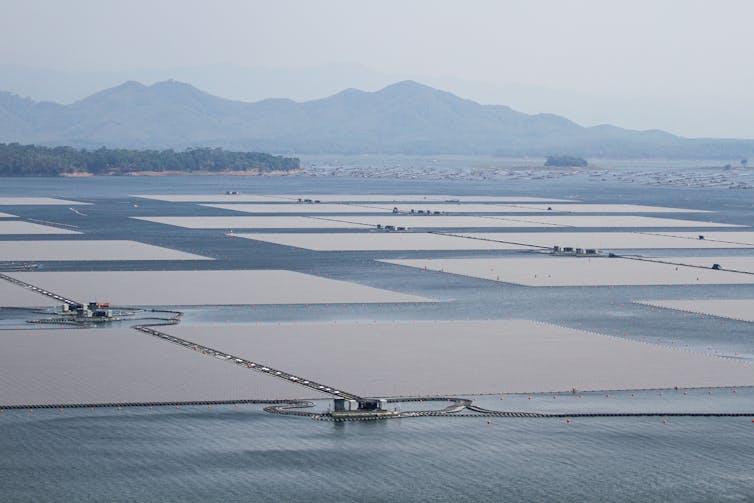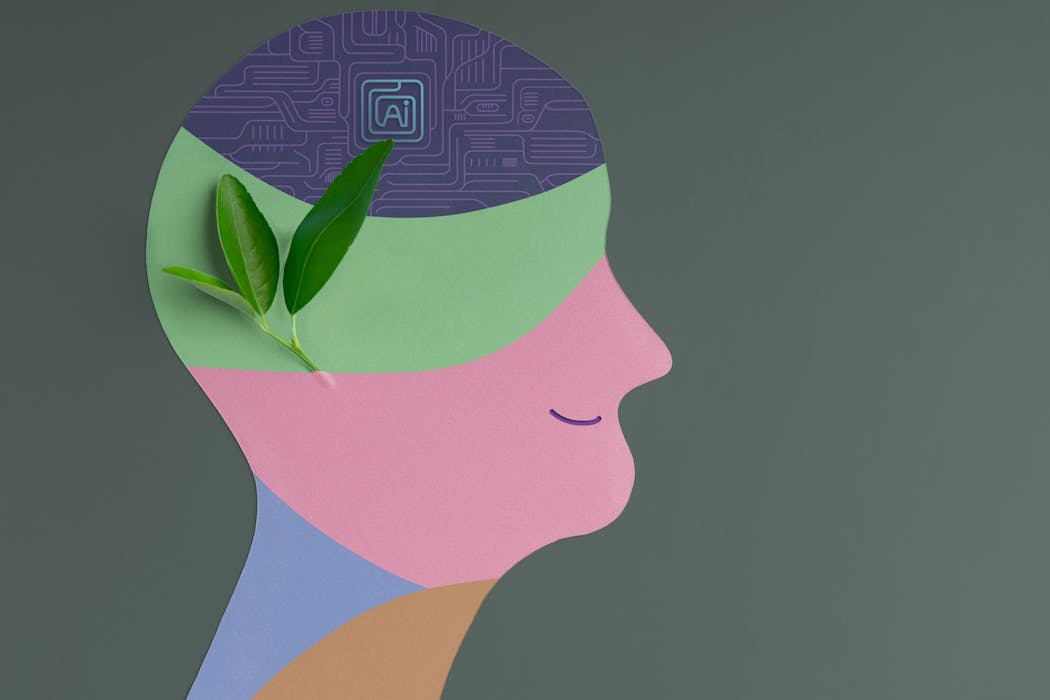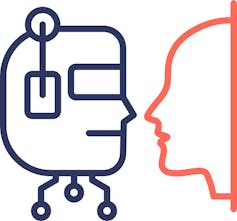Source: The Conversation – UK – By Caroline Bond, Professor of Education, Manchester University

Pupils with special educational needs and disabilities are twice as likely as their peers to be persistently absent from school.
Persistent absence means that they miss up to 10% of school sessions (sessions are a morning or afternoon at school). For those with an Education, Health and Care Plan (EHCP) – a legal document that lays out support they are entitled to – the picture is even worse. They are up to seven times more likely to be severely absent, meaning that they are missing more than half of school sessions. Absence is higher still for pupils in special schools compared with those in mainstream education.
Suspensions tell a similar story. Pupils with special educational needs are almost four times more likely to be suspended than those without.
Engagement among pupils with special educational needs also drops sharply in secondary school. Only 45% say they like being at school. And it’s not just pupils who feel the system isn’t working: three-quarters of teachers in a recent survey said schools are not inclusive enough for all pupils.
The current approach to inclusion often relies on case-by-case fixes, but this isn’t sustainable. Since 2016, the number of EHCPs has risen by over 80%, yet the systems for assessing and meeting children’s needs have not kept pace. Many children’s needs go unidentified or unmet, leaving families feeling unsupported and forced to fight for help in an under-resourced system.

Ground Picture/Shutterstock
Schools, too, say they struggle to access the external professionals needed for assessments. In one survey, school staff ranked meeting the needs of pupils with special educational needs as their second-biggest challenge, just after budget pressures.
Lifelong effects
When needs go unmet, the consequences can be long-lasting. Persistent absence and suspension both increase the risk of young people leaving school without qualifications and not going into work or training. These issues can spill into adulthood, with poorer job prospects and a higher risk of involvement with the criminal justice system. Addressing special educational needs effectively isn’t just about education – it’s about improving life chances.
The solutions start with making mainstream education genuinely inclusive and properly funded. Schools need cultures that promote belonging and partnership with families to rebuild trust and confidence. National standards for inclusion would help, as would more training for school staff and leaders, alongside better access to specialist support professionals.
We also need to rethink what counts as success in education. A broader mix of qualifications and career paths would help young people play to their strengths and prepare for the future. Schools can also boost engagement by giving pupils more say in decisions that affect them, offering greater choice in the curriculum, and ensuring access to enrichment activities – sport, arts, volunteering and social opportunities – which are proven to improve attendance and wellbeing.
For pupils with special educational needs, timely, targeted support can make all the difference. Skilled mentors, smaller classes, adapted timetables and evidence-based support programmes can help pupils boost school attendance and academic progress. They can also help children manage their emotions and enable them to feel more connected to school. For those struggling with transitions – such as moving schools or preparing for work – proactive planning, supported internships and job coaches can ease the process and build confidence.
Even with good inclusive practice, some pupils will still struggle. In those cases, high-quality alternative provision can offer a temporary respite and a route back to mainstream education.
Unless we rethink what education is for – and how we support pupils to engage with it – thousands of young people will be denied their potential. One of us (Caroline Bond) contributed to the development of an approach that mainstream schools can use to help children feel safe in school. It was created with parents, autistic young people and professionals to offer a practical way for schools to understand and support pupils who find school attendance especially difficult.
With school attendance under national scrutiny and special educational needs funding under pressure, this is a crucial moment to ask how we can build a system that genuinely includes every young person – not just in name, but in practice.
![]()
Luke Munford receives funding from UKRI and the National Institute for Health and Care Research (NIHR).
Caroline Bond does not work for, consult, own shares in or receive funding from any company or organisation that would benefit from this article, and has disclosed no relevant affiliations beyond their academic appointment.
– ref. Children with special educational needs are more likely to miss school – it’s sign of a system under strain – https://theconversation.com/children-with-special-educational-needs-are-more-likely-to-miss-school-its-sign-of-a-system-under-strain-266942














